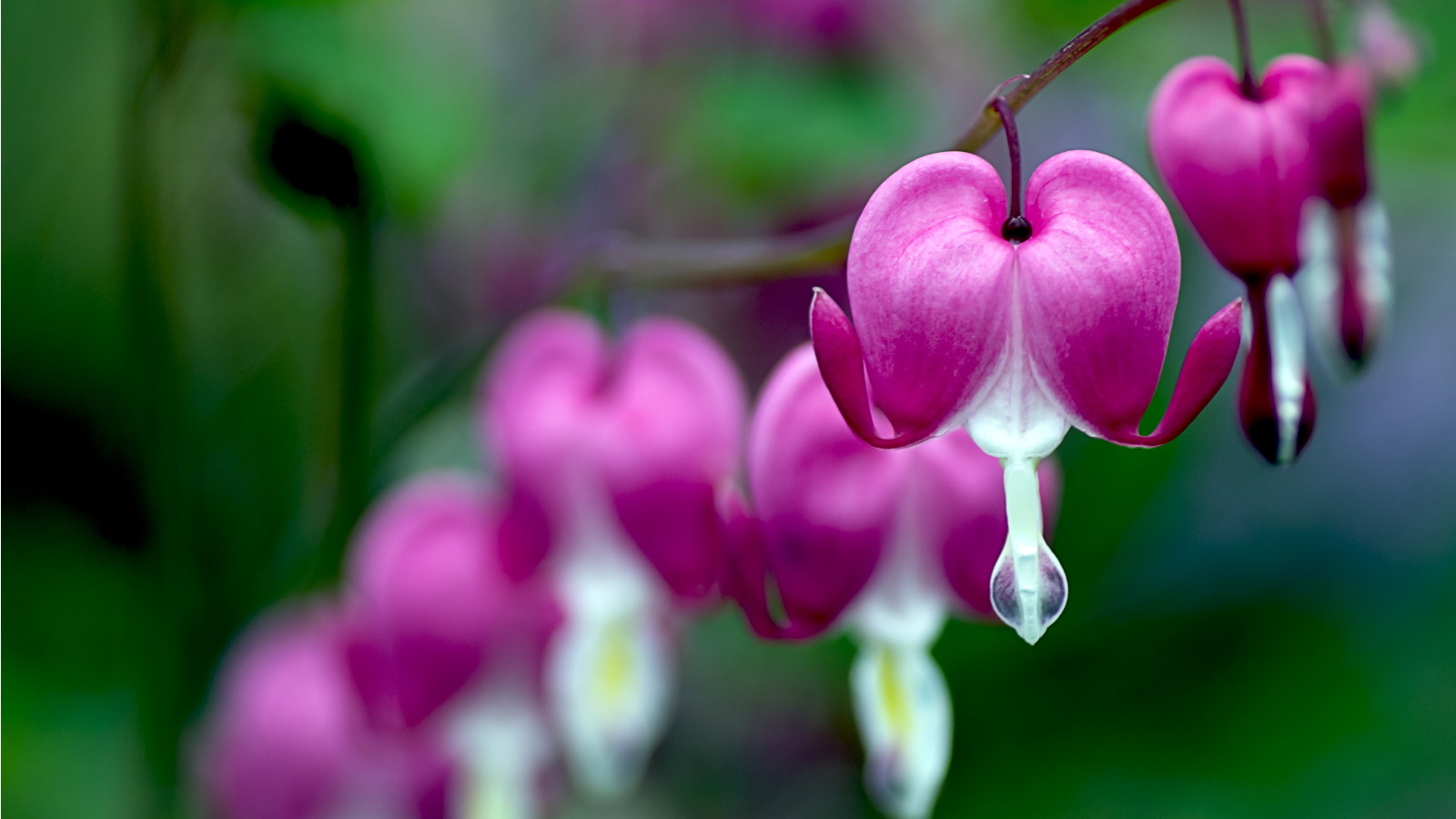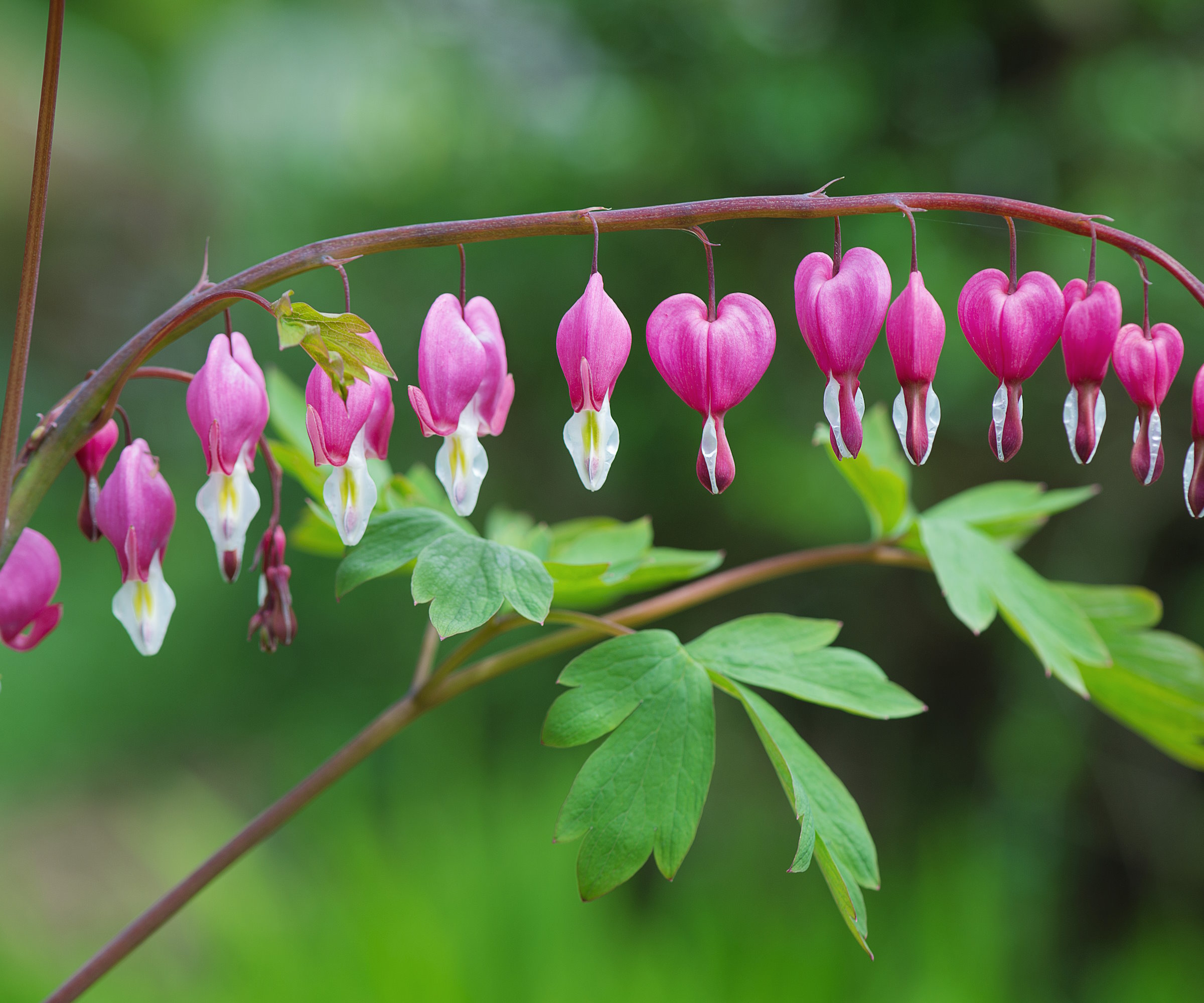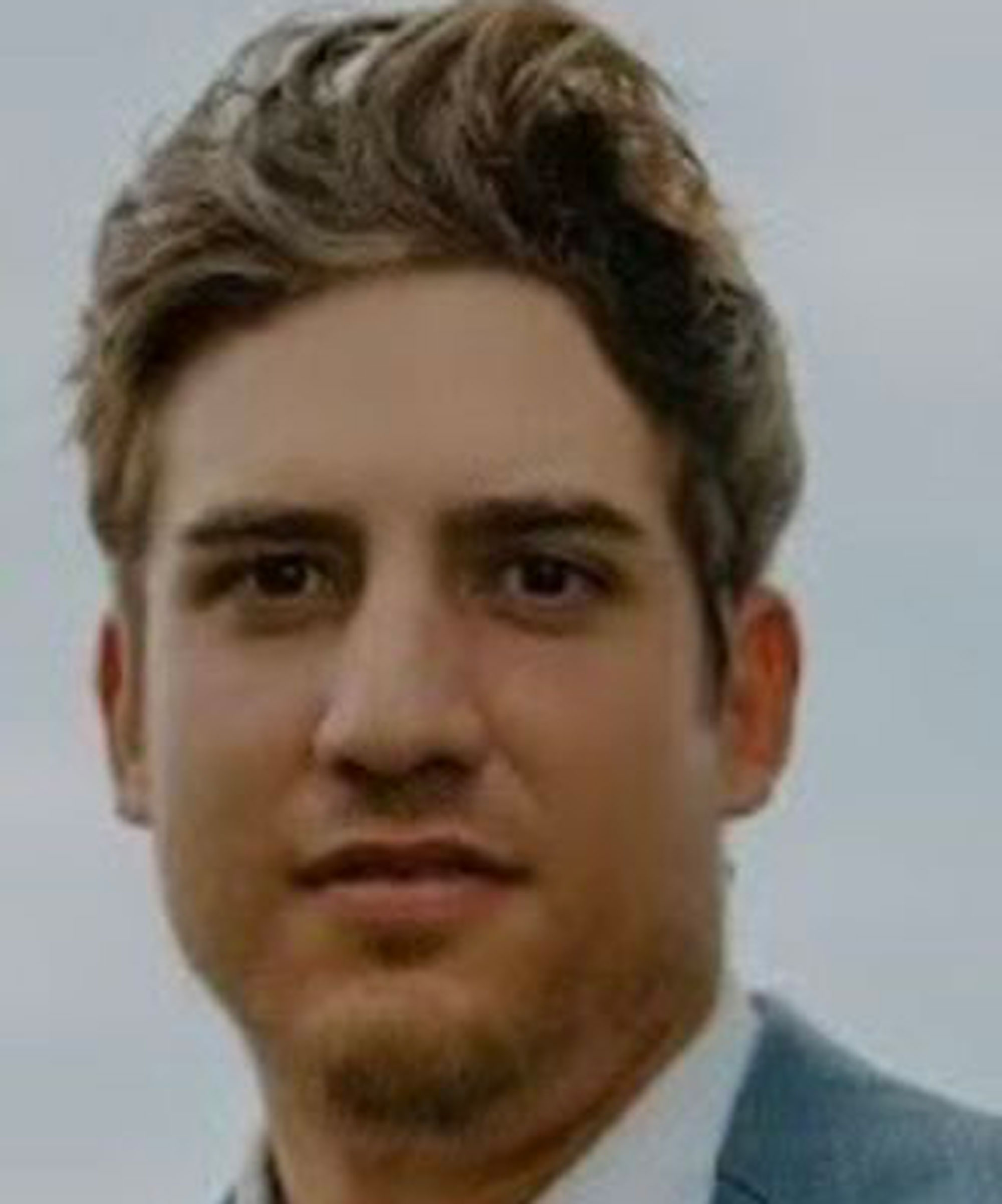How to divide bleeding heart – for more of these unique, vibrant perennials
It's easy to multiply these striking blooms so you can grow more in your yard for free


Propagation is one of the most rewarding, cost-effective ways to grow new plants. While you might think of taking cuttings when thinking about propagation, it's also possible to divide certain plants to multiply them.
If you grow bleeding heart, then division is a viable way to propagate it. It might seem daunting at first, but dividing this tropical perennial is quite straightforward. It's a task worth doing around the same time as cutting back your bleeding heart to tidy up your plants and gain new ones in preparation for spring. This is when you will be rewarded with striking heart-shaped blooms.
Not sure where to get started? We've got you covered. Here's everything you need to know about dividing bleeding heart and when to do it for successful propagation.
When to divide bleeding heart

Before getting started with dividing any plant, you need to make sure you're doing it at the right time of year. Just like houseplant propagation mistakes, attempting to divide outdoor plants at the wrong time can result in a failed propagation. Plus, it could affect the health of your existing plant.
'We like to divide our perennials in fall,' explains Tammy Sons, horticulturist and CEO of TN Nurseries. 'Doing this in spring does not allow enough time for soil acclimation before the wake up from dormancy and need to grow. This stresses the bulbs out tremendously,' she adds.
The ideal time to divide bleeding heart is before any frost arrives, so the ground is easy to work with and the roots have time to establish before the warmer weather of spring, as Tammy notes.
Avoid dividing plants when they're actively growing, as this could cause stress. Dying foliage is a sign of dormancy, indicating your bleeding heart is ready to be cut back and divided before winter.
Design expertise in your inbox – from inspiring decorating ideas and beautiful celebrity homes to practical gardening advice and shopping round-ups.

Tammy Sons is a horticulture plant expert, garden writer, and educator. Tammy is the CEO and founder of TN Nursery, a thriving online plant nursery based in Altamont, Tennessee. She is also a prolific writer, sharing her knowledge through articles on various gardening topics, including plant care, sustainable landscaping, and the latest trends in horticulture.
How to divide bleeding heart

You'll need to be equipped with the right essential gardening tools to get the job done - something like this shovel for digging from Amazon will work well. Make sure to protect your hands with gardening gloves, too, like these gardening gloves from Walmart.
You can then dig up your bleeding heart plant from the soil, taking care not to damage any roots.
'Using a shovel with sharp edges, then divide the root ball making sure each section has stems and roots included,' explains founder of Yardwork, Michael Clarke.
'Ensure each section has an eye bud,' advises Tammy. The eye buds of bleeding hearts form after summer, in preparation for dormancy. This is the point where new growth will emerge from, so it's key to ensure each new divided plant has an eye bud.
'These new sections can be planted in loose garden soil or a container at the same depth as the original plant,' Michael says.
When planting bleeding heart bulbs and divisions, aim for a depth of two inches. The versatile nature of these plants means you can pot up your divisions as an addition to your container gardening or add them to borders in your yard.

Michael Clarke is the founder of Yardwork and Pulled, the online platforms for everything home and garden. He has a degree in landscape architecture and horticulture from the University of California Davis.
Aftercare for newly divided bleeding heart

Once you have successfully divided your bleeding heart plant, you need to provide optimal care for each of the new sections to ensure they grow healthily.
Start with getting their position right. If potted up, move your bleeding heart plants to a part-shade spot, as they're among the best shade plants. They will, however, also tolerate sunny spots in cooler climates.
'Make sure to water the new plants well and keep them watered for the first six weeks to encourage the roots to establish,' advises Michael.
As winter approaches, make sure to mulch your bleeding heart plants to keep their roots warm and stop the soil freezing. There are other ways to protect plants from frost, like wrapping containers with this burlap from Amazon.
FAQs
Can you propagate bleeding heart from cuttings?
It is possible to propagate bleeding heart from cuttings. Simply take a cutting around five inches long and remove any lower foliage. You should then put your cutting in potting mix. Keep it somewhere warm with plenty of light and maintain a consistent moisture level to encourage root development. It's also possible to root bleeding heart cuttings in water and transplanted into soil once roots have developed.
If you find your new bleeding heart plants don't bloom in spring, don't be too quick to give up on them. 'Bleeding heart plants don't always bloom in their first year,' notes Tammy.
It might just be your plant hasn't matured enough to bloom and needs a couple of years to acclimatize to their new home. Nevertheless, you should continue providing them with optimal care to encourage blooming - so, add fertilizing bleeding heart to your summer gardening checklist and cutting them back to your fall gardening checklist.

Tenielle is a Gardens Content Editor at Homes & Gardens. She holds a qualification in MA Magazine Journalism and has over six years of journalistic experience. Before coming to Homes & Gardens, Tenielle was in the editorial department at the Royal Horticultural Society and worked on The Garden magazine. As our in-house houseplant expert, Tenielle writes on a range of solutions to houseplant problems, as well as other 'how to' guides, inspiring garden projects, and the latest gardening news. When she isn't writing, Tenielle can be found propagating her ever-growing collection of indoor plants, helping others overcome common houseplant pests and diseases, volunteering at a local gardening club, and attending gardening workshops, like a composting masterclass.